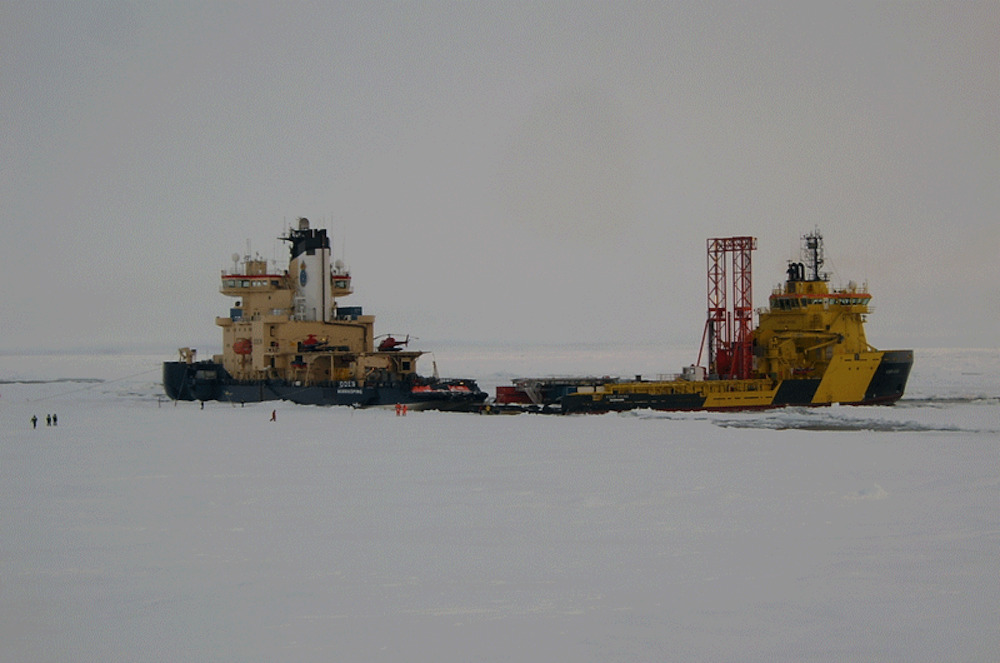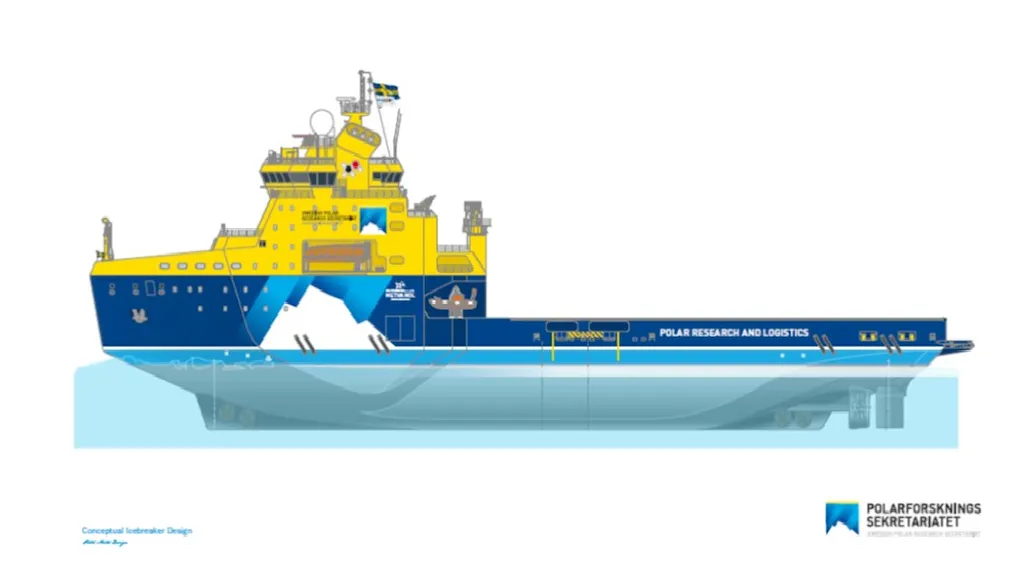With its Arctic workhorse approaching retirement, Sweden weighs whether to build a new research icebreaker
Leasing a vessel or buying seats on other missions are two alternatives to owning expensive “research infrastructure”

Since coming into service in 1989, the Oden, has been something of a workhorse for the Swedish state: By winter, it is an icebreaker that keeps the Bay of Bothnia navigable; by summer, it is a research vessel that has sailed to the North Pole nine times. Its initial voyage there, in 1991, was the first time a non-nuclear-powered icebreaker had done so.
Between 2006 and 2011, the United States chartered it to resupply McMurdo Station in Antarctica.
Although its summers are booked until 2024, Swedish authorities are already looking to take the Oden out of service as a research vessel not long after that (thought not as a domestic icebreaker). What will come next for the country’s polar research program is currently up for debate.
The government admits that having an icebreaker of the Oden’s caliber is important for learning more about polar climate and its relationship to climate degradation at lower latitudes. Nevertheless, it has asked the Riksdag, the national assembly, to look into whether building a replacement is the best use of the 1.5 billion kronor (about $170 million) that such a vessel can be expected to cost.
[The Oden: an icebreaker for all reasons]
Polarforskningssekretariatet, which coordinates the Sweden’s polar research activities says it will push for a replacement vessel, but that is just one option that is on the table. The science ministry would also like an assessment of whether it would be possible lease a vessel when the need arose, or to pay to make sure that Swedish scientists have seats on other research vessels, such as Germany’s Polarstern.
This may be simple due diligence, but Polarforskningssekretariatet says looking at the cost of owning a vessel is myopic. First, keeping the country’s polar science program intact requires year-round access to its own “research infrastructure.” Second, it argues that instead of renting space on other research vessels, Sweden could earn money by operating a research vessel year-round.
The Oden, in other words, must be replaced, and preferably by something that is bigger, better and cleaner.
[A new Swedish-led expedition will dig into the Arctic’s climate history]
A design for the type of vessel Polarforskningssekretariatet would like to see as its replacement unveiled in 2019 depicted a ship that, at 140 meters, would be 30 meters longer than the Oden. It would also be more powerful, but its design would emphasize flexibility more than it would icebreaking; its aft section is mostly empty, meaning it can be used for cargo or for modular structures that could house labs or living quarters for travellers.
Powered by methanol, the ship would emit only water vapor and carbon dioxide as part of a goal of making the vessel carbon-neutral.
The Riksdag’s assessment is due to be delivered on July 31.
